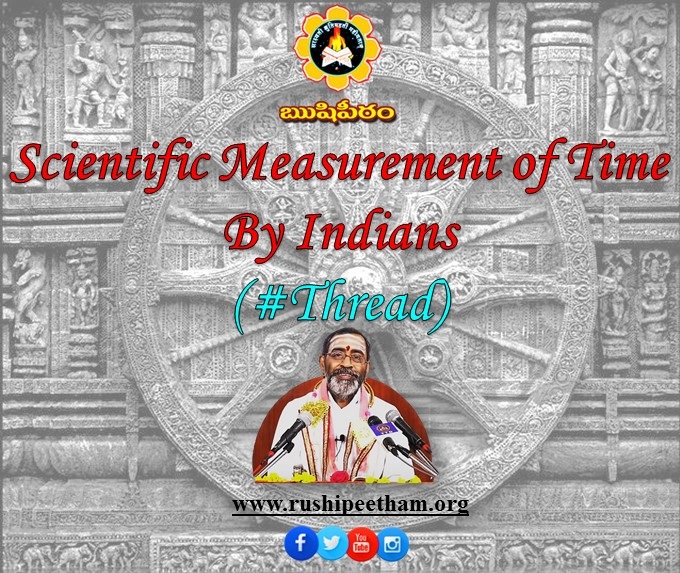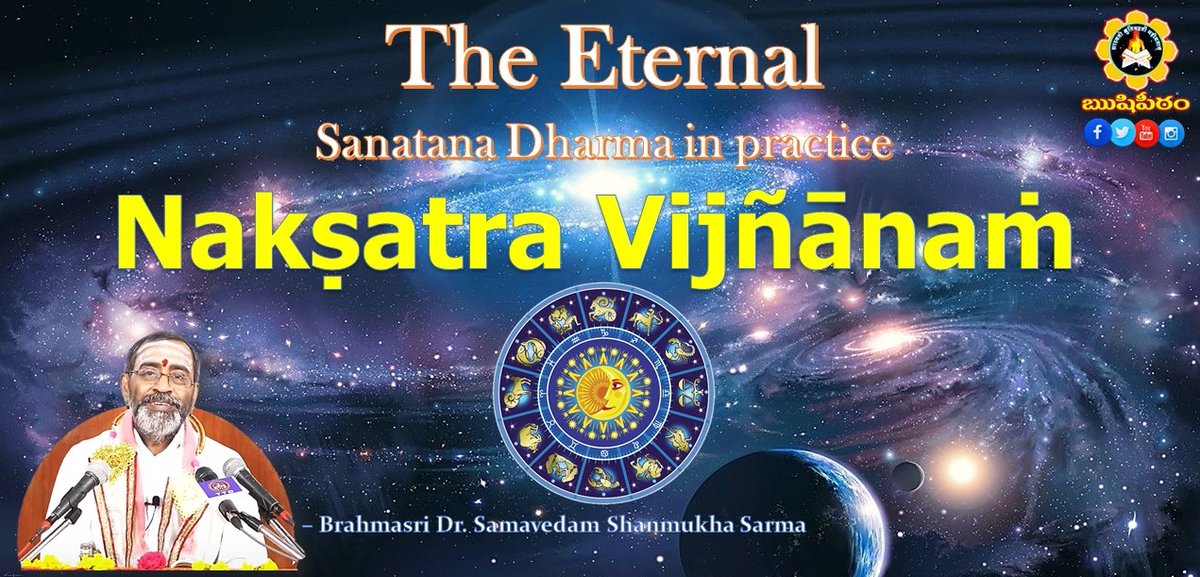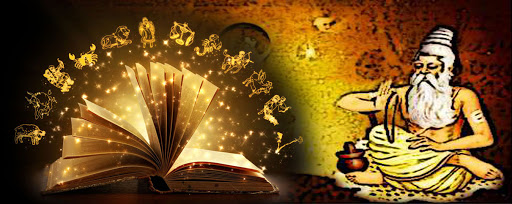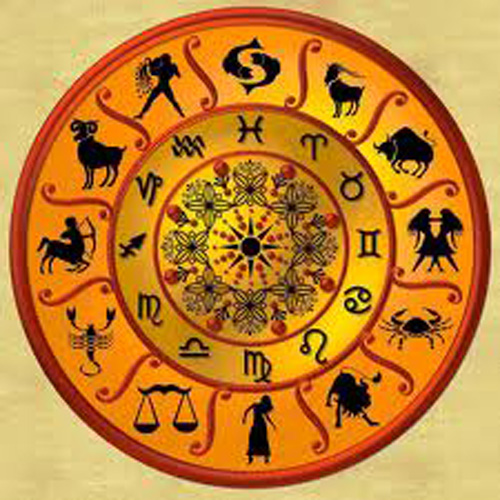
20 Eternal Values from Bhagavad Gita - #Thread
Sri Krishna expounded the entire gamut of spirituality in Srimad Bhagavad Gita as
Karma Yoga,
Bhakti Yoga and
Jnana Yoga.
The very fact that this has been elucidated in the middle of the battlefield demonstrates that these...
Sri Krishna expounded the entire gamut of spirituality in Srimad Bhagavad Gita as
Karma Yoga,
Bhakti Yoga and
Jnana Yoga.
The very fact that this has been elucidated in the middle of the battlefield demonstrates that these...

eternal values are required for those who are active in life & want to achieve success. Without complete comprehension & practice of these values, one’s spiritual practice is hollow & non-holistic.
Sri Ramakrishna Paramahamsa once told, ‘The Brahman
narrated in Upanishads,...
Sri Ramakrishna Paramahamsa once told, ‘The Brahman
narrated in Upanishads,...

the Atma described by the Vedantins (philosophers), the Supreme God defined by the devotees & the Kali I worship are one & the same.’
अमानित्वमदम्भित्वमहिंसा क्षान्तिरार्जवम् ।
आचार्योपासनं शौचं स्थैर्यमात्मविनिग्रहः॥ १३-८॥
1. amānitvaṁ – Humility without the sense of I & my.
अमानित्वमदम्भित्वमहिंसा क्षान्तिरार्जवम् ।
आचार्योपासनं शौचं स्थैर्यमात्मविनिग्रहः॥ १३-८॥
1. amānitvaṁ – Humility without the sense of I & my.

This engulfs an individual even before one becomes aware. Ranging from self-esteem about one’s own body to clan to education to possessions to position, this extends to wherever this ‘I’ ness enters.
Mentioning about amānitvaṁ, Chaitanya Maha Prabhu said ‘Amāni Mānadena’ i.e.,
Mentioning about amānitvaṁ, Chaitanya Maha Prabhu said ‘Amāni Mānadena’ i.e.,
that one should stay lower than a blade of grass & not expect respect from anyone, but are rather always ready to respect everyone.
Describing Sri Rama, sage Valmiki says that Rama bends down to offer respects to elders and again bends down to receive those who respect Him..
Describing Sri Rama, sage Valmiki says that Rama bends down to offer respects to elders and again bends down to receive those who respect Him..
Similarly, Sri Krishna receives His childhood friend Sudama with all due respects, washes His feet Himself & provides all comforts.
During the Kurukshetra war, He is the charioteer & as part of His responsibility, He Himself removed the arrows
from the horses, fed & washed them
During the Kurukshetra war, He is the charioteer & as part of His responsibility, He Himself removed the arrows
from the horses, fed & washed them
& made sure that the horses are always comfortable. Sri Vishnu Sahasranama says, ‘Amānī mānyadō mānya:..’
2. adambhitvaṁ – Unpretentiousness & pridelessness. Haughtiness gradually develops into pride, wherein one boasts that one knows everything & seeks recognition from every1.
2. adambhitvaṁ – Unpretentiousness & pridelessness. Haughtiness gradually develops into pride, wherein one boasts that one knows everything & seeks recognition from every1.

3. ahimsa – Non-injury.
This is little confusing to understand. Injury or violence is highly contextual. One can’t compare the king sentencing a criminal to death or a soldier killing an enemy in a war to a thief slitting the throat or a dacoit killing a traveller.
This is little confusing to understand. Injury or violence is highly contextual. One can’t compare the king sentencing a criminal to death or a soldier killing an enemy in a war to a thief slitting the throat or a dacoit killing a traveller.
Any injury or violence done by appropriate individuals
designated to protect Dharma is Ahimsa only. Ahimsa also encompasses not to injure anyone either in mind or speech or action.
4. kṣānti – Forbearance without reflexive rush.
designated to protect Dharma is Ahimsa only. Ahimsa also encompasses not to injure anyone either in mind or speech or action.
4. kṣānti – Forbearance without reflexive rush.
One exercising self-control without any revengeful attitude, though capable & designated to punish the guilty. This is also defined as the capability to stay resolute & steadfast in one’s own Dharma without any impulsiveness even under highly unfavorable & wavering circumstances.
5. ārjavaṁ – Straightforwardness.
Lucidity in thought, clarity in speech & transparency in action & alignment of all the 3 are the hallmarks of a person imbibed with this quality. Mind, tongue & body are always in consonance with each other i.e. purity of all the 3 instruments
Lucidity in thought, clarity in speech & transparency in action & alignment of all the 3 are the hallmarks of a person imbibed with this quality. Mind, tongue & body are always in consonance with each other i.e. purity of all the 3 instruments
One endowed with ārjavam will not exhibit any hypocrisy or deceitfulness, but shall remain simple & plain in all dealings & at all times.
6. ācāryopāsanaṁ – Staying in presence of the Preceptor.
Revering the preceptor, whose every action is teaching in itself demonstrating...
6. ācāryopāsanaṁ – Staying in presence of the Preceptor.
Revering the preceptor, whose every action is teaching in itself demonstrating...
profound truths in self-less & inimitable style is the real worship of Acharya. Always reminiscing the words of Guru & thereby conducting accordingly in every situation is true veneration of one’s Acharya.
One should be well trained under Guru’s guidance.
One should be well trained under Guru’s guidance.
One should regard one’s Guru as the Supreme God Himself, because one will never get liberation without Guru’s grace.
Sri Krishna Himself told that one should seek true knowledge from Guru by reverentially asking and surrendering unto the Guru as disciple.
Sri Krishna Himself told that one should seek true knowledge from Guru by reverentially asking and surrendering unto the Guru as disciple.

7. śaucaṁ – Purity/Sanctity.
Scriptures mention
अब्दिर् गात्राणि शुद्ध्यन्ति मनस्सत्येन शुद्धति ।
विद्या तपोभ्याम् जीवात्मबुद्धि: ज्ञानेन शुद्धति ॥
i.e. Water purifies body; Truth purifies mind; Devout study & discipline purify the soul. Purity of body & mind is very imp..
Scriptures mention
अब्दिर् गात्राणि शुद्ध्यन्ति मनस्सत्येन शुद्धति ।
विद्या तपोभ्याम् जीवात्मबुद्धि: ज्ञानेन शुद्धति ॥
i.e. Water purifies body; Truth purifies mind; Devout study & discipline purify the soul. Purity of body & mind is very imp..
Outward cleanliness & internal pristineness are very essential. Outward cleanliness includes keeping one’s body & surroundings clean. Internal pristineness comes from following good traditions & customs that are handed over from generations. But, one should be cautious not to ..
get obsessed & bogged down with these only, as these are only means to achieve the ultimate end. It is very important to strike meaningful balance.
Sri Ramakrishna Paramahamsa is startling example of following absolute śaucaṁ.
Sri Ramakrishna Paramahamsa is startling example of following absolute śaucaṁ.
8. sthairyaṁ – Steadfastness.
Absolute determination & focus towards the achievement of final objective.
सतु दीर्घा काल नैरन्तर्य सत्कारासेवितो दृढ भूमिः – Vital features of steadfastness are ‘Deergha Kaala’ i.e. long time, ‘Nairantarya’ – without any interruption & ..
Absolute determination & focus towards the achievement of final objective.
सतु दीर्घा काल नैरन्तर्य सत्कारासेवितो दृढ भूमिः – Vital features of steadfastness are ‘Deergha Kaala’ i.e. long time, ‘Nairantarya’ – without any interruption & ..
‘Dr̥ḍha Bhūmi:’ – single-minded stay on the ultimate goal.
Swami Vivekananda said that those spiritual practices are only for those who are strong in mind and body.
9. ātma-vinigrahaḥ : Self-control, both of mind and body.
Swami Vivekananda said that those spiritual practices are only for those who are strong in mind and body.
9. ātma-vinigrahaḥ : Self-control, both of mind and body.
Sri Krishna Himself told Arjuna that there is no doubt that control of mind is indeed tough, but unceasing & systematic practice slowly makes it possible.
10. indriyārtheṣu vairāgyaṁ – Renouncing the desires of the senses.
10. indriyārtheṣu vairāgyaṁ – Renouncing the desires of the senses.

Dispassion towards senses with discrimination that
will arise only after realizing the ‘Truth’ i.e. true nature of body, family, wealth, world etc.
11. anahaṅkāra: - Free from (false) egoism. This seems close to Amaanitvam and Adambhitvam.
But, there is slight variation.
will arise only after realizing the ‘Truth’ i.e. true nature of body, family, wealth, world etc.
11. anahaṅkāra: - Free from (false) egoism. This seems close to Amaanitvam and Adambhitvam.
But, there is slight variation.
If one thinks that it is only they who achieved or attained something, it is termed as ‘Ahamkara’. God can never
be realized with ego. Only those devoid of ego can obtain the Supreme.
be realized with ego. Only those devoid of ego can obtain the Supreme.
12. janma-mṛtyu-jarā-vyādhi-duḥkha-doṣānudarśanaṁ -
Perception of the sorrow & evil behind the birth, death, oldness & disease.
This is the foundation for dispassion. Vedanta doesn't stem from reading or listening to scriptures, but observing the world around us with..
Perception of the sorrow & evil behind the birth, death, oldness & disease.
This is the foundation for dispassion. Vedanta doesn't stem from reading or listening to scriptures, but observing the world around us with..
...the right thinking. Insight into the grief during birth in mother’s womb & pain in death at the beginning & end of life, distress in disease & agony due to humiliation in old age during the course of life, arouses discrimination leading to dispassion.
One should firmly remember that yesterday young are today’s old. This is an inevitable cycle of life. Hence, persistent thinking about this unavoidable truth of life helps one realize the ultimate.
13. asakti: putra-dāra-gṛhādiṣu - Non-attachment or aversion towards son, wife, home and others.
Same is explained as ‘Eeshana Trayam’ in Vedanta texts as ‘Dhaneshu, Daareshu and Putreshu’ i.e. attachment towards wealth, wife and children.
This is termed as ‘Anāsakta Yōga’.
Same is explained as ‘Eeshana Trayam’ in Vedanta texts as ‘Dhaneshu, Daareshu and Putreshu’ i.e. attachment towards wealth, wife and children.
This is termed as ‘Anāsakta Yōga’.
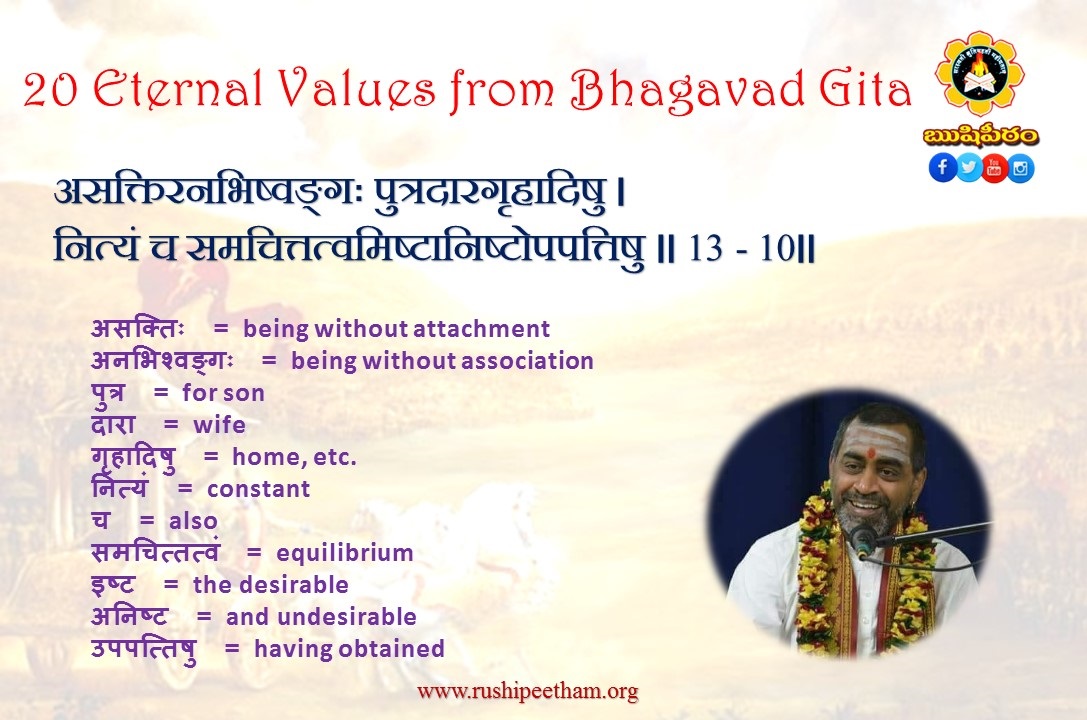
14. anabhiṣvaṅga: - Controlling high affection towards mundane & slowly aiming towards detachment. Delusion and disentanglement towards son, women, wealth and other worldy possessions is always detrimental to spiritual progress moving one away from the path of Dharma.
1 should practice to balance all these aspects of life.
15. nityaṁ ca sama-cittatvaṁ iṣṭāniṣṭopapattiṣu– Always remain equipoised in both favorable & unfavorable
situations. 1 should strive to remain consistent, free of emotions & devoid of elation & disappointment in..
15. nityaṁ ca sama-cittatvaṁ iṣṭāniṣṭopapattiṣu– Always remain equipoised in both favorable & unfavorable
situations. 1 should strive to remain consistent, free of emotions & devoid of elation & disappointment in..
.. both pleasant & unpleasant circumstances.
16. mayi cānanya-yogena bhaktir avyabhicāriṇī – Undivided (ananya) & exclusive (avyabhicāriṇi) attention only unto
Me with concentration & devotion (Yoga).
This is the crest jewel of all the eternal values mentioned here.
16. mayi cānanya-yogena bhaktir avyabhicāriṇī – Undivided (ananya) & exclusive (avyabhicāriṇi) attention only unto
Me with concentration & devotion (Yoga).
This is the crest jewel of all the eternal values mentioned here.

‘Ananya’ means perceiving only God but nothing else. ‘avyabhicāriṇi’ means focused & pointed.
17. vivikta-deśa-sevitvaṁ – Solitary stay in sacred places. One should purposefully stay alone in places such as banks of holy rivers like Ganga, Godavari etc., and sanctified forests
17. vivikta-deśa-sevitvaṁ – Solitary stay in sacred places. One should purposefully stay alone in places such as banks of holy rivers like Ganga, Godavari etc., and sanctified forests
such as Naimisharanya to seek & realize the God within. Stay in serene surroundings & peaceful nature aid one to concentrate & turn the mind inwards.
18. aratir jana-saṁsadi – Disinterested in association with people.
What kinds of people? It is defined as..
18. aratir jana-saṁsadi – Disinterested in association with people.
What kinds of people? It is defined as..
प्राकृतानां संस्कार शुण्यानां अविनीतानां सम्पर्कः वर्जनीयः
i.e. avoid association with those who are extrovert, devoid of any initiation, and untrained in spiritual practices. Just like one drives a vehicle carefully on the road along with all other vehicles to reach one’s ..
i.e. avoid association with those who are extrovert, devoid of any initiation, and untrained in spiritual practices. Just like one drives a vehicle carefully on the road along with all other vehicles to reach one’s ..
destination without getting into accident with any vehicle, One should similarly live in this world without getting into deep relations and attachments and focus on realizing the ultimate. One should cultivate association with virtuous people while avoiding interaction with vice.
19. adhyātma-jñāna-nityatvaṁ – ‘Adhyātma’ is 'Adhi+Atma’ i.e. about Self.
Constantly meditating upon the Self to realize the ultimate truth. One should never swerve, but fix the goal of remaining attentive about the contemplation upon the
Self always.
Constantly meditating upon the Self to realize the ultimate truth. One should never swerve, but fix the goal of remaining attentive about the contemplation upon the
Self always.

20. tattva-jñānārtha-darśanaṁ – Comprehend that the ultimate goal is Self-realization.
Another meaning of this can be termed as envisioning the Supreme everywhere and in everything.
Here, Krishna says एतज्ज्ञानमिति प्रोक्तमज्ञानं यदतोऽन्यथा.
This means this is the only..
Another meaning of this can be termed as envisioning the Supreme everywhere and in everything.
Here, Krishna says एतज्ज्ञानमिति प्रोक्तमज्ञानं यदतोऽन्यथा.
This means this is the only..
true knowledge & rest all is ignorance. Practicing even 1 of the above has the potential to bring all other virtues in a sincere spiritual seeker.
Patanjali elaborated the same in Aṣṭāṅga yōga i.e.
Yama, Niyama, Āsana, Prāṇāyāma, Pratyāhāra, Dhāraṇā,
Dhyāna, aṇḍ Samādhi.
Patanjali elaborated the same in Aṣṭāṅga yōga i.e.
Yama, Niyama, Āsana, Prāṇāyāma, Pratyāhāra, Dhāraṇā,
Dhyāna, aṇḍ Samādhi.
krishna also mentioned the same in 'Ātma Sanyama Yōga'.
Let’s all understand that the ultimate goal of life is the realization of the Supreme and pray for the grace of Lord Krishna to bless us to continue our spiritual
sadhana!
– Sri Samavedam Shanmukha Sarma.
*** End ***
Let’s all understand that the ultimate goal of life is the realization of the Supreme and pray for the grace of Lord Krishna to bless us to continue our spiritual
sadhana!
– Sri Samavedam Shanmukha Sarma.
*** End ***

• • •
Missing some Tweet in this thread? You can try to
force a refresh

